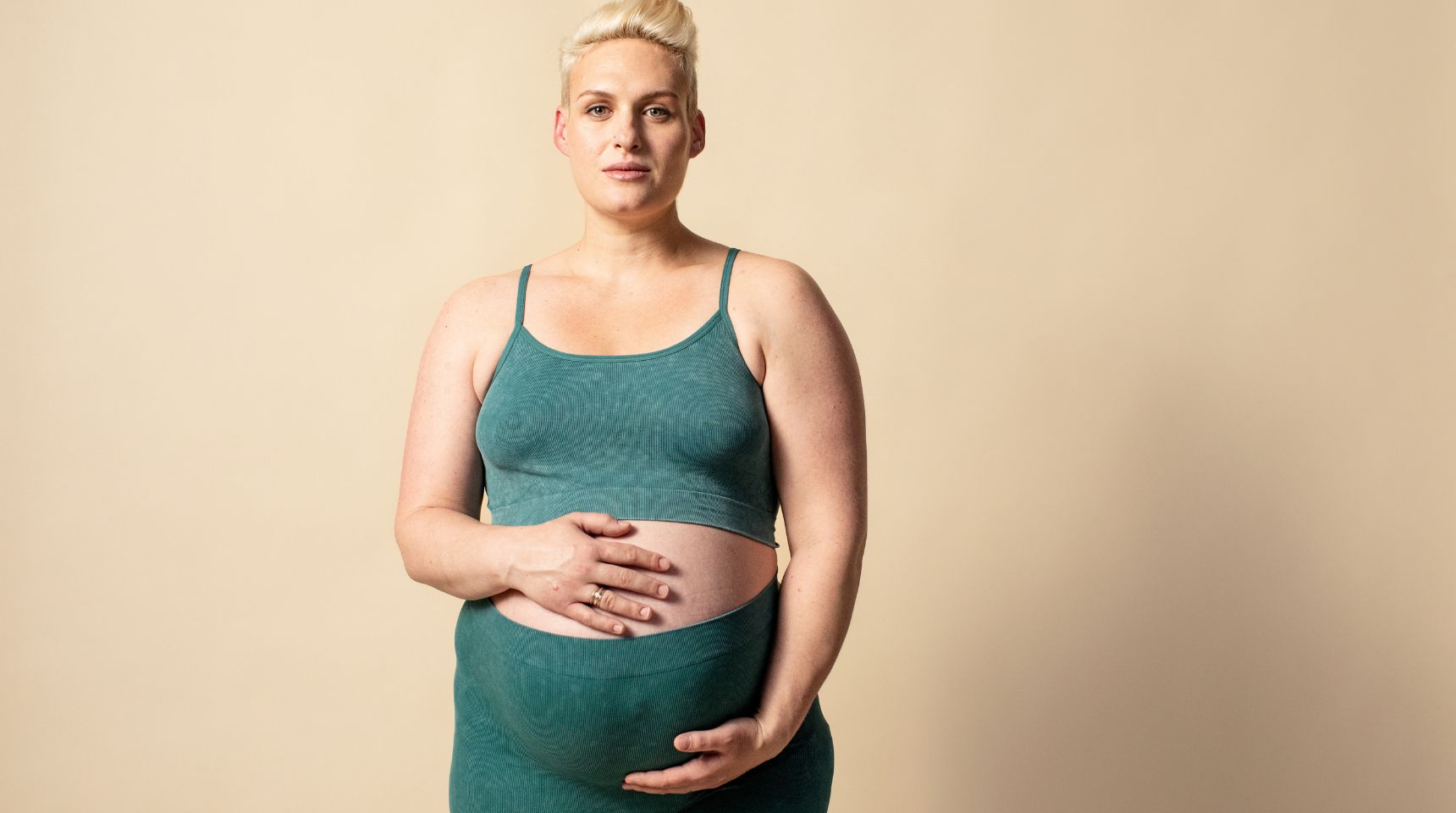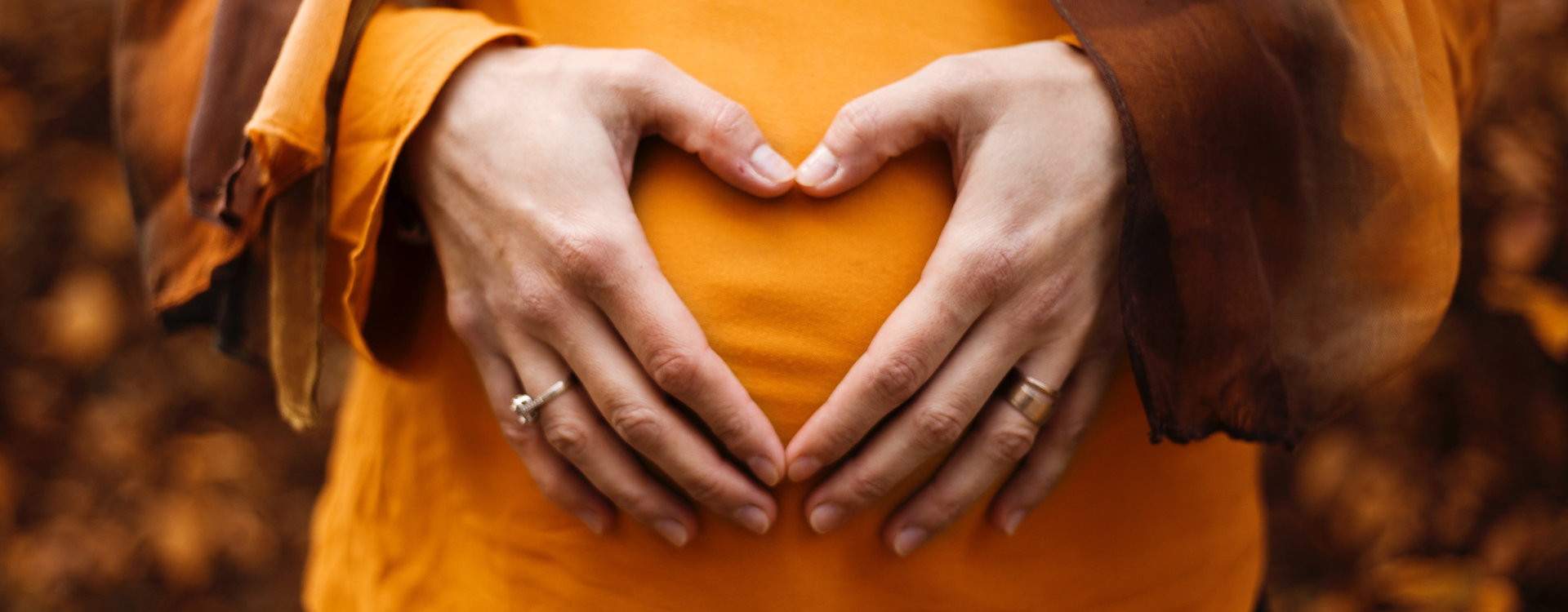A big part of your recovery will be postpartum bleeding. Here’s what you need to know.
Postpartum healing is definitely a process. Think about it: After a nine-month pregnancy, your body won’t recover overnight. It can take weeks, even months, to heal on the inside and outside.
Postpartum bleeding – what is it?
Every new mom will experience some temporary vaginal bleeding, called lochia. This bleeding will likely be heavier if you have a vaginal birth than if you have a cesarean birth.
“Lochia is your body getting rid of the blood, tissue, and mucous that lined your uterus during pregnancy,” elaborates Dr. Nicole Calloway Rankins, a board-certified ob/gyn. “It’s similar to your period—but usually heavier and longer.”
Postpartum bleeding happens in stages. The heaviest bleeding can last up to 10 days. You may notice some small blood clots, too. Then lighter flow and spotting kick in for up to 4 to 6 weeks after birth. The color of your lochia will start off dark red, like a period, before fading to a pinkish-brown and eventually a creamy white or yellow.
For mom Erica, “Bleeding postpartum was scary… I was so unprepared for what the bleeding would be like and thought it would just go away quickly. It took 6 weeks for the bleeding to completely stop.”
“The pattern of postpartum bleeding and how long it lasts will vary from woman to woman, even from pregnancy to pregnancy,” Dr. Rankins adds. “Just pay attention to what’s happening with your body and how you feel. If anything is excessive or concerning, check in with your healthcare provider.”
You may find that your lochia is heaviest in the morning, because the blood collects as you sleep. Exercise, even the act of standing up, also can increase the flow. Breastfeeding may have the same effect because it stimulates the release of the hormone oxytocin, which causes your uterus to contract.
What to do about it
Protection is going to be important here – you can go with a high-absorbency postpartum or sanitary pad that’s disposable or period underwear for a washable solution. But stay away from tampons and menstrual cups, which can introduce bacteria and lead to infection, Dr. Rankins explains. “Nothing should go in the vagina for the first 6 weeks after you give birth to give yourself time to heal,” she says.
“[My] bleeding was heavy the first week and got lighter the second. I made sure to buy the overnight maxi pads and changed them every two hours so I didn’t leak out. I didn’t expect to bleed as much as I did,” said new mom Sara.
Be sure to rest up and let your body heal. Again, moving around too much can actually increase the blood flow. Just remember: This too will pass!
When to seek help
Postpartum bleeding is part of the healing process, but there are a few things to look out for. For example, a fever or foul-smelling discharge could be a sign of an infection. Call your healthcare provider to get checked out.
Excessive bleeding is called postpartum hemorrhage. This is a potentially serious condition that requires immediate medical attention. According to the March of Dimes, postpartum hemorrhage usually happens within one day of birth but can happen up to 12 weeks afterward.
Symptoms of postpartum hemorrhage include:
- Uncontrolled vaginal bleeding that soaks through more than one pad per hour
- Passing blood clots larger than a plum
- Swelling or pain in your vagina or perineum (the area between your vagina and anus)
If you have vaginal bleeding and any of the symptoms below, this can suggest potentially life-threatening bleeding:
- Blurred vision
- Fast heart rate
- Chills
- Nausea
- Feeling like you’re going to faint
If you have any of these symptoms, call your healthcare provider or 911 right away.
Postpartum Hemorrhage Risk Factors
Some women are more likely to experience postpartum hemorrhage than others. “You are at higher risk for postpartum hemorrhage if you’ve had postpartum hemorrhage before, if you had a cesarean birth, or if you gave birth to multiples,” explains Dr. Rankins. “Certain medical conditions that affect the uterus, placenta, or your body’s blood-clotting ability can also increase your risk.” These are just some of the risk factors that can lead to postpartum hemorrhage.
As long as your lochia is decreasing in volume and lightening in color, you probably have nothing to worry about. But if you have any questions about your postpartum bleeding, or if something just doesn’t feel right, reach out to your provider.
“We’re here to help, and we’d rather you ask questions than worry or suffer at home, or even worse wait too long to treat something that could have been addressed sooner and had fewer negative consequences,” Dr. Rankins assures.
All content found on the Lansinoh.com website, including: text, images, audio, or other formats were created for informational purposes only. The content is not intended to be a substitute for professional medical advice, diagnosis, or treatment. Always seek the advice of your physician or other qualified health provider with any questions you may have regarding a medical condition. Never disregard professional medical advice or delay in seeking it because of something you have read on this website.









